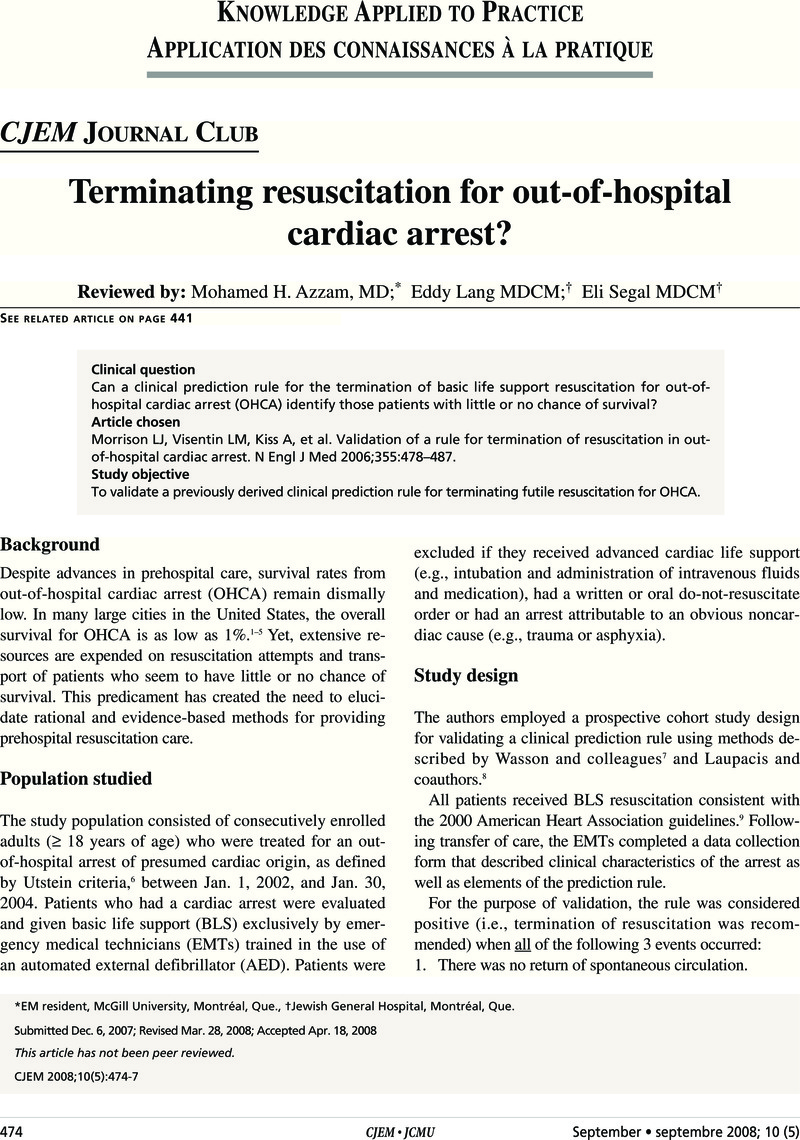Crossref Citations
This article has been cited by the following publications. This list is generated based on data provided by Crossref.
Worster, Andrew
and
Carpenter, Christopher
2008.
A brief note about likelihood ratios.
CJEM,
Vol. 10,
Issue. 05,
p.
441.
Šelingerová, Veronika
2022.
Diseases of the scalp and scalp care.
Dermatologie pro praxi,
Vol. 16,
Issue. 2,
p.
79.



